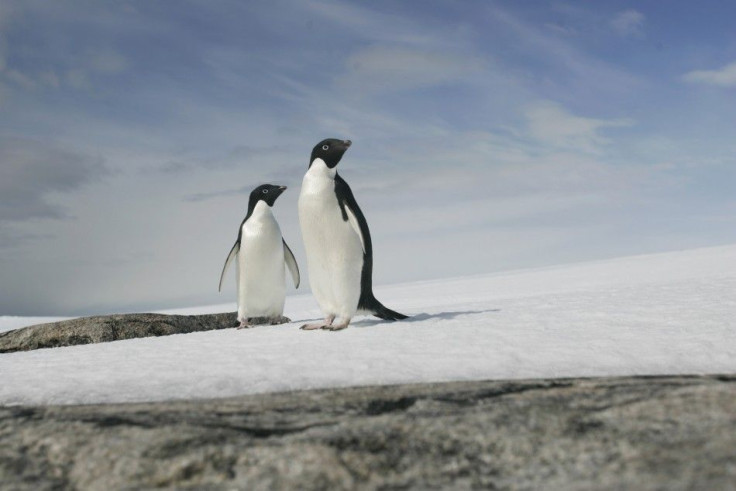NIWA Scientists Find Bigger Waves Cause Arctic Ice Break; Trillions of 'Microplastics' to be Released in World's Oceans

Bigger waves are to blame for the sea ice break and the Arctic ice melt. New Zealand's NIWA scientists have made a breakthrough in understanding the forces that cause changes in sea ice.
NIWA scientists said the biggest waves in the Southern Ocean were breaking up the Arctic sea ice. According to their data, the Southern Ocean's massive waves or those over 3 metres can break sea ice even in greater distances than previously thought. NIWA researchers believe the same process may help explain why the Antarctic sea ice is increasing, while the Arctic sea ice is decreasing.
The findings of the study were published in the scientific journal Nature. Dr Alison Kohout, co-author of the study, said the big waves have a more significant role in the changing sea ice as previously assumed.
According to reports, sea ice plays a critical role in managing the global climate system. Kohout said the state of the sea ice was an indication of the changing climate around the poles. Researchers used new equipment for their measurements and data.
The Arctic sea ice may contain trillions of small pieces of plastic and other discarded synthetic maerials. As the ice melts, they are slowly beging released into the world's oceans. The findings of the study were published in the journal, Earth's Future. The study revealed that "microplastics" or debris that broke into smaller pieces, were frozen in sea ice.
As sea ice continues to melt, researchers believe that over 1 trillion pieces of "microplastics" will soon find its way to oceans in the next 10 years.
Meanwhile, scientists have observed that the Arctic is no longer as white and bright like before since more ice has melted into the ocean. A new study revealed less of the sun's heat will reflect into space because of the Arctic's dark and open water in the summer. According to a previous study published in the National Academy of Sciences, the Earth may be absorbing more heat than expected which contributes to global warming.




















